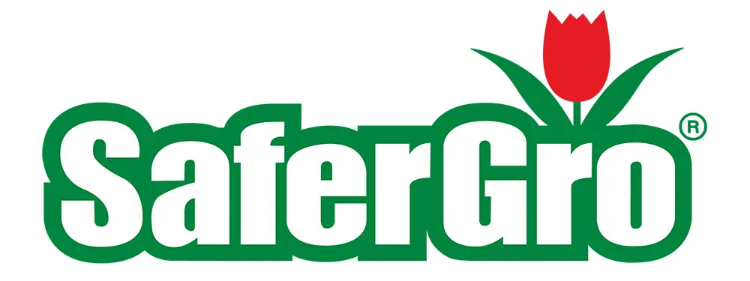Inicio
-
Creciendo para el futuro
-
¿Cómo saber si las plantas con un pH bajo son adecuadas para usted?
¿Cómo saber si las plantas con un pH bajo son adecuadas para usted?
La relación entre la salud de las plantas y el pH del suelo puede ser complicada. El suelo puede tener un pH demasiado bajo, demasiado alto o neutro. Cuando el pH del suelo cambia, la cantidad de nutrientes del suelo no cambia necesariamente. Lo que sí cambia es su disponibilidad para las plantas. El pH del suelo que se mueve por encima del punto neutro de 7,0 se denomina rango alcalino demasiado ácido. Es en este rango donde los nutrientes quedan "bloqueados" o "atados" en el suelo, lo que hace imposible que las raíces absorban estos nutrientes esenciales. El mismo problema de inaccesibilidad también ocurre cuando el pH del suelo cae por debajo de 7,0, el rango al que nos referimos como ácido.
Las excepciones
La mayoría de las plantas crecen mejor en suelos ligeramente ácidos (entre 6,0 y 7,0), donde los nutrientes de las plantas están más fácilmente disponibles. Sin embargo, ciertas plantas que prefieren un pH bajo acceden mejor a los nutrientes cuando éste baja. A diferencia de la mayoría de las plantas, estas plantas atípicas encuentran nutrientes como el hierro más disponibles para ellas en estos puntos de pH bajos.
¿Cómo saber si las plantas con un pH bajo son adecuadas para usted?
No todos los suelos son iguales, y hay que tener en cuenta que muchas plantas, arbustos, árboles y hierbas requieren un equilibrio de nutrientes específico. Para determinar el pH de su suelo, realice una prueba de suelo para determinar sus niveles alcalinos. Esto le dará la mejor idea de con qué está trabajando. Allí, puede seleccionar plantas que prefieran suelos con un pH bajo, o puede agregar enmiendas de suelo para cambiarlo al nivel que sus plantas deseadas necesitan.
Cambiando el pH del suelo
No se puede enfatizar lo suficiente la importancia de la preparación cuando se trata de jardinería, especialmente cuando se cultiva una planta que ama los ácidos. Con la ayuda de nuestro pH Down TM aprobado por OMRI, puede reducir fácilmente el pH de su suelo y permitir que los nutrientes estén más disponibles para una mayor absorción. pH Down TM de Safergro es una forma natural y ecológica de ayudar de manera segura al pH de su suelo.
Frutas y verduras acidificantes
Manzanas

Los manzanos crecen mejor en suelos ligeramente ácidos, concretamente entre 5,5 y 7,0. Los jardineros aficionados pueden cultivar algunas de sus variedades en macetas, como manzanos enanos o semienanos.
Arándanos

Los arándanos son un superalimento delicioso y una excelente fuente de energía. Crecen bien a pleno sol, en suelos bien drenados, con alto contenido de materia orgánica y un pH entre 4,0 y 5,0.
Rúcula

La rúcula es ácida y tiene un sabor parecido al de la mostaza, lo que la convierte en un excelente complemento para las ensaladas. Esta verdura rica en fibra y fitoquímicos crece en suelos con una humedad entre 6,0 y 6,8.
Frijoles

Los frijoles son un excelente complemento para cualquier dieta saludable y son sorprendentemente fáciles de cultivar. Son una fuente rica de proteínas y crecen mejor en suelos con una humedad entre 4,2 y 6,0 %.
Apio

El apio cultivado en casa es un alimento básico en la jardinería. Puede cultivarlo fácilmente en macetas en primavera u otoño con un suelo de entre 6,0 y 6,5.
Conclusión
La sostenibilidad y la conciencia ambiental en la jardinería son muy importantes para nosotros y nos apasiona brindar información sobre cómo todos podemos hacer nuestra parte para ayudar. Manténgase conectado con nosotros a través de Instagram y Facebook para obtener más blogs y nuestras recomendaciones de productos.
Compartir
